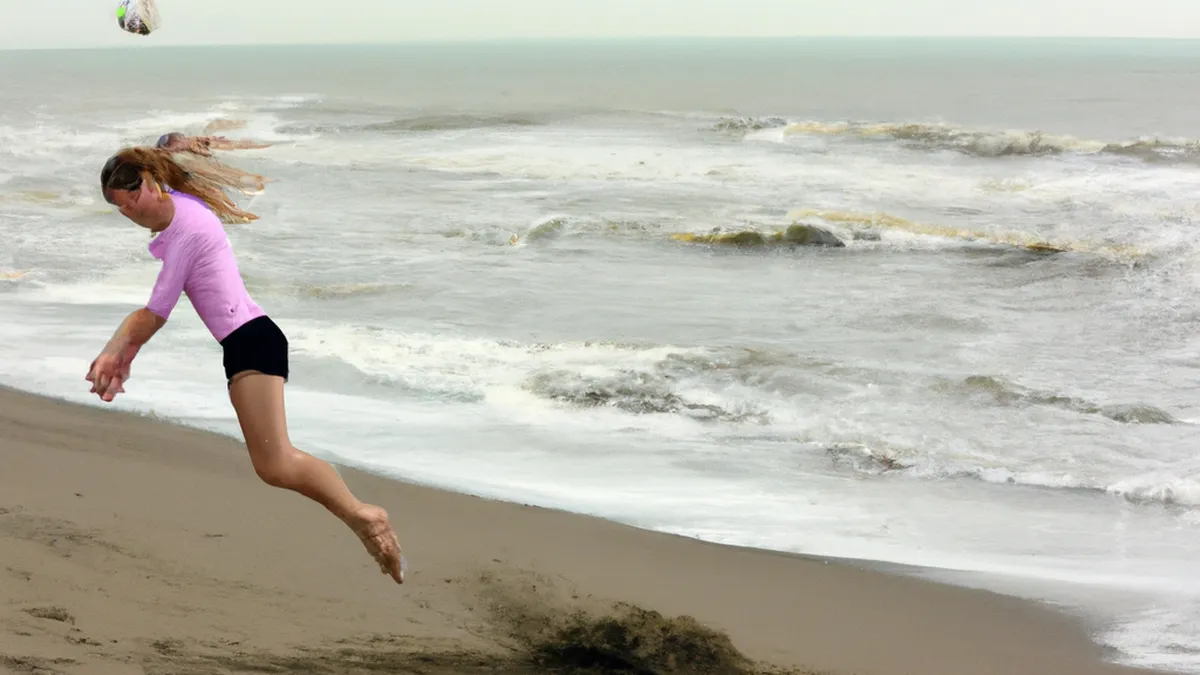Fine-Tuning Footwork on Soft Surfaces
Techniques for Enhancing Agility on Beach Sand Surfaces
Running or exercising on beach sand challenges your body but offers rewarding benefits. The soft surface engages different muscle groups, enhances stability, and provides an excellent full-body workout. To maximize your agility on this tricky terrain, you need specific techniques. This post explores effective strategies to improve your agility on sand and the benefits of these exercises.
Gear tip: consider resistance bands, foam roller and yoga mat to support this workout.
Understanding the Challenges of Sand
Sand presents unique challenges for agility training. The soft, shifting surface makes it hard to maintain balance, increasing the effort needed for each movement. You must adjust your training methods to accommodate these factors. Adapting will help you improve your agility and overall performance.
Running on sand presents a significant challenge due to the lack of firm footing. Unlike solid surfaces, sand requires more effort to push off and stabilize during each step. This can lead to fatigue and forces your body to work harder to maintain speed and control.
The Importance of Footwork
Footwork plays a crucial role in agility training. On sand, each step demands precision and control since the surface lacks grip. Practicing quick foot movements proves beneficial. Focus on drills that enhance foot speed and coordination. Try agility ladders or cone drills designed for sand. These exercises develop quick reflexes and nimble footwork, essential for agility.
Incorporating lateral movements into your training is also vital. The ability to move quickly from side to side benefits many sports and activities. Lateral shuffles build strength in your hip muscles while improving your balance.
Techniques to Enhance Agility
To improve your agility on sand, consider these effective techniques:
1. **Short Sprints**: Engage in short sprints of 10 to 20 meters. This training significantly boosts your speed and quickness. The soft surface challenges your muscles, encouraging them to adapt and grow stronger. Start with a few repetitions, gradually increasing intensity and distance.
2. **Lateral Movements**: Incorporate lateral shuffles into your routine. Move side to side quickly to build hip strength and enhance your balance. This exercise benefits sports requiring sudden direction changes, like soccer or basketball.
3. **Plyometric Exercises**: Add plyometric drills like jump squats or box jumps to your regimen. These explosive movements improve power, speed, and overall agility. Performing them on sand increases resistance and promotes muscle growth, making workouts more effective.
4. **Hill Sprints**: If you find sand dunes or elevated areas, incorporate hill sprints.
Conclusion
In summary, these techniques help improve agility on sand surfaces. Adapting your training will enhance your performance and overall fitness.
Below are related products based on this post:
FAQ
What are the benefits of training agility on sand surfaces?
Training on sand surfaces engages different muscle groups, enhances stability, and provides a challenging full-body workout. The soft, shifting nature of the sand forces your body to work harder, which can lead to improved strength and agility over time.
How can I effectively incorporate lateral movements into my agility training?
To incorporate lateral movements, focus on exercises like lateral shuffles. These movements build strength in your hip muscles and improve balance. Practicing quick side-to-side movements is beneficial for sports that require sudden direction changes, such as soccer or basketball.
What types of drills can I do to improve my agility on sand?
Effective drills include short sprints of 10 to 20 meters, lateral shuffles, and plyometric exercises like jump squats or box jumps. These activities challenge your muscles and enhance your speed, power, and overall agility while adapting to the resistance provided by the sand surface.















Post Comment